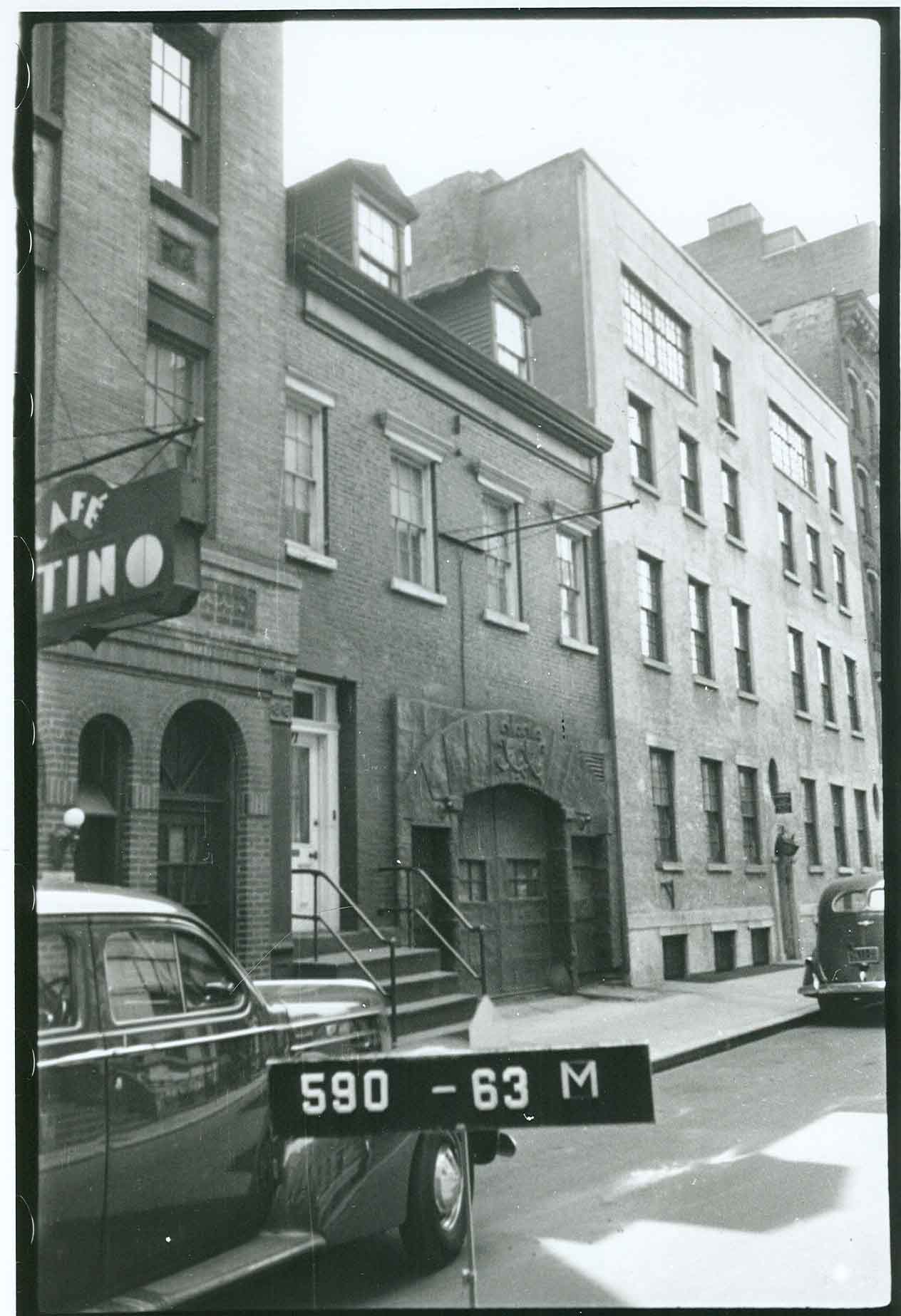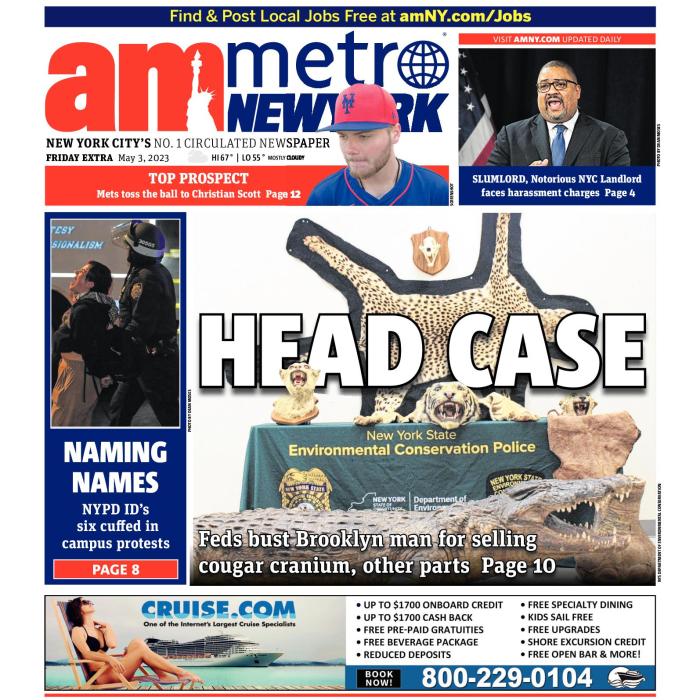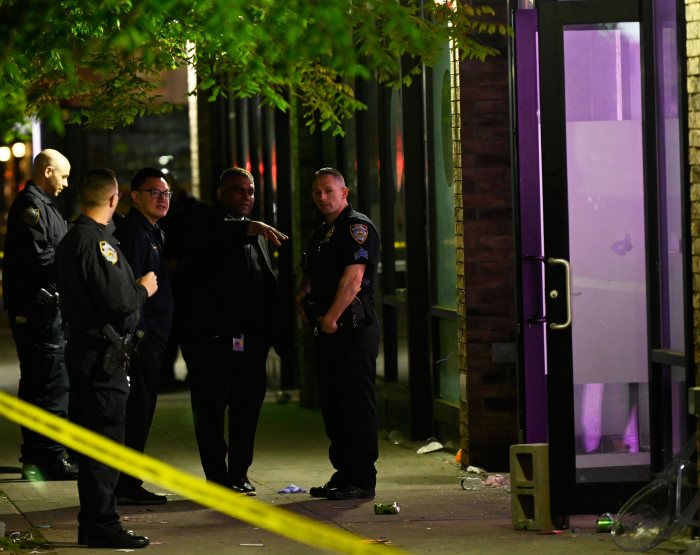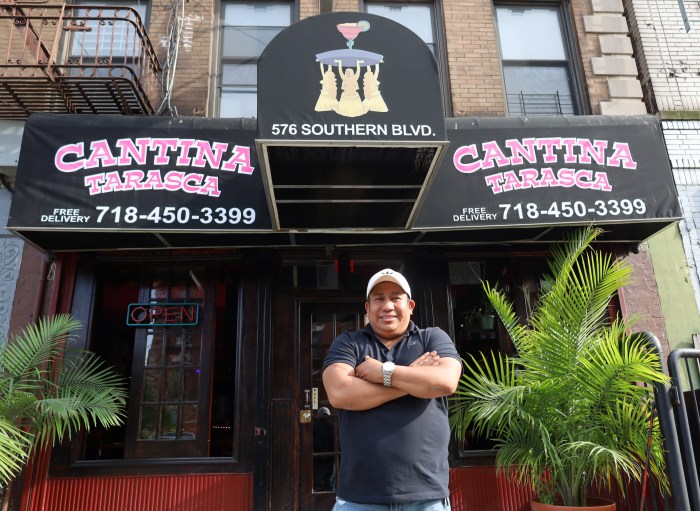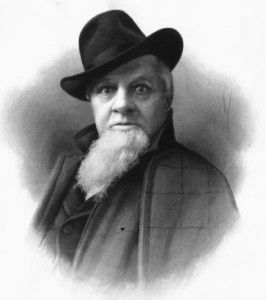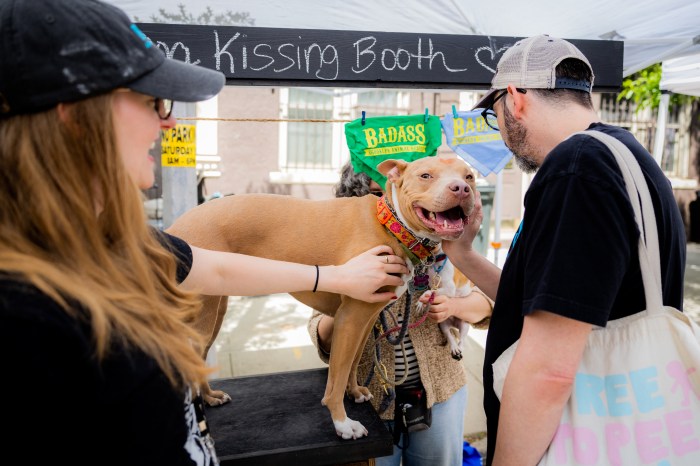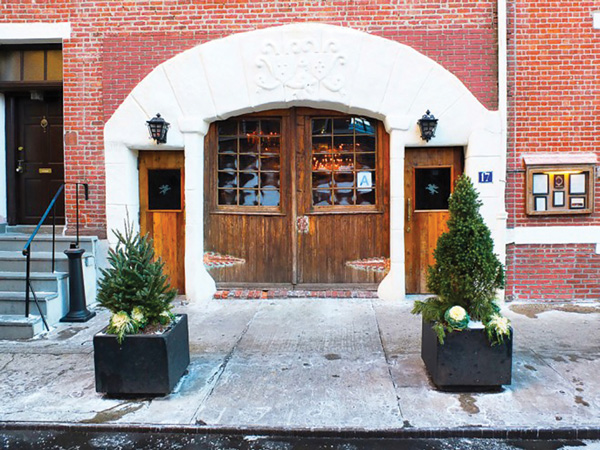
BY YANNIC RACK | The city’s Landmarks Preservation Commission unanimously approved the designation of a two-century-old townhouse on Sullivan St. this week, marking the first time the agency voted to designate a property on its decades-old backlog.
The historic house was first considered for landmark designation in 1970 and local preservationists renewed their fight for its protection more than a decade ago.
“This vote is much deserved and long overdue,” said Andrew Berman, executive director of the Greenwich Village Society for Historic Preservation. “We hope the commission will follow this by designating more surviving Federal-era houses in Lower Manhattan, and by moving ahead with designation of the remainder of our proposed South Village Historic District, which 57 Sullivan St. falls within.”
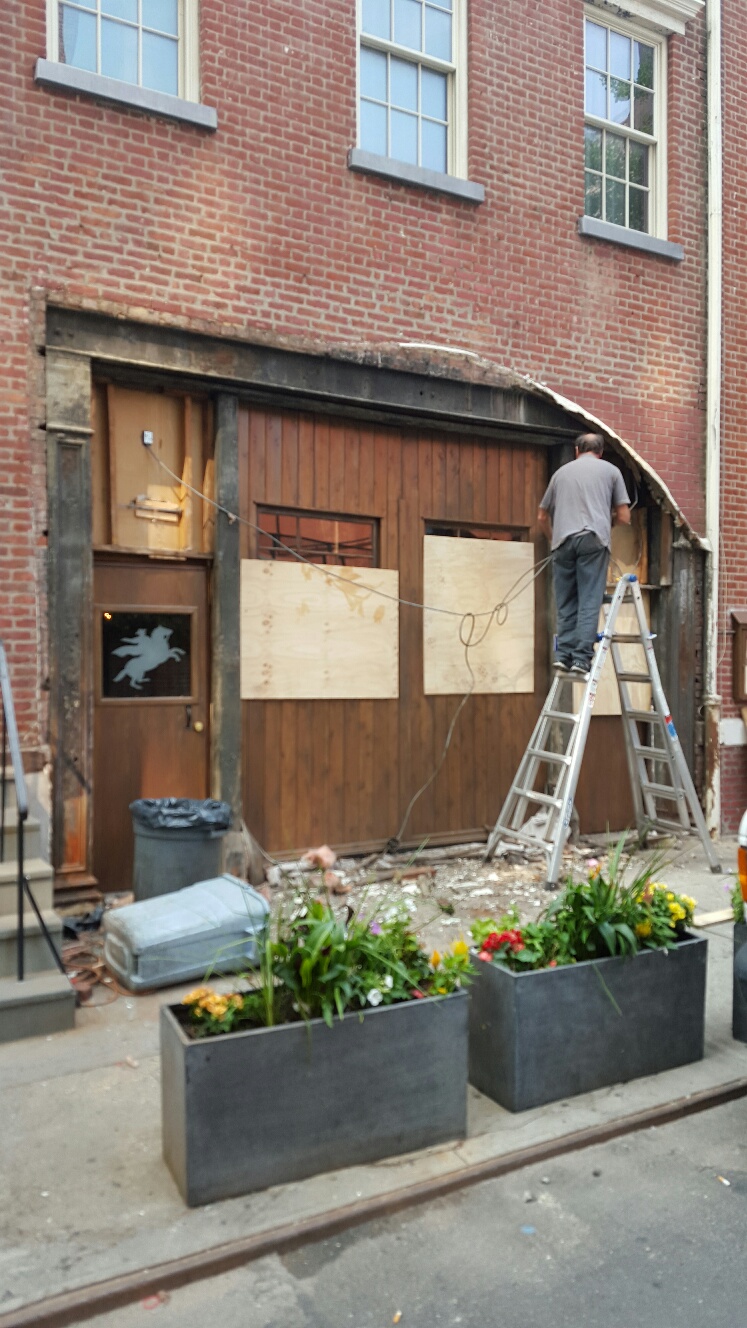
The property was part of the 95-building backlog that L.P.C. has mulled for the past year.
On Tuesday, the commissioners also gave in to the owners of One if by Land, Two if by Sea, the renowned restaurant on Barrow St., who, without a permit, removed the 19th-century white stucco arch on its facade last summer.
Although the commission previously seemed to lean toward requiring the arch’s restoration, the owners will now be allowed to pursue a different design involving the exposed cast-iron columns underneath — their intention all along.
“We feel strongly that L.P.C. made the wrong decision here by rewarding the willful destruction without permits of a historic and beloved feature of the building, and by not requiring its restoration,” Berman said. “It sets a terrible precedent.”
